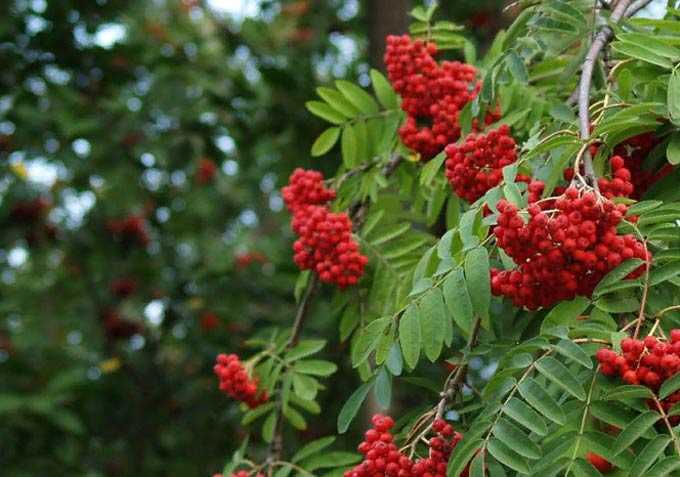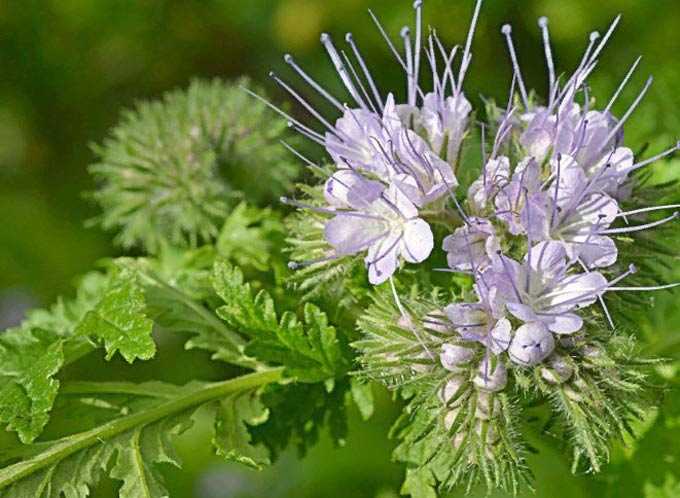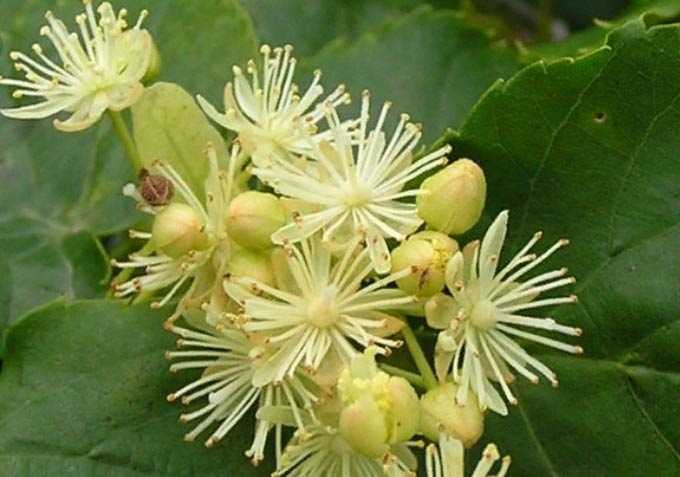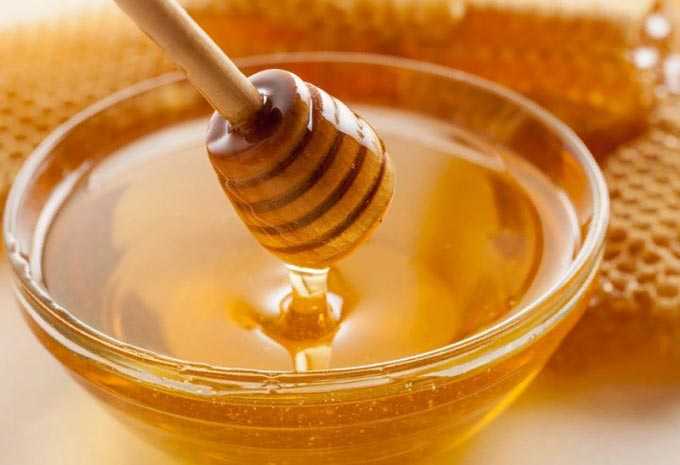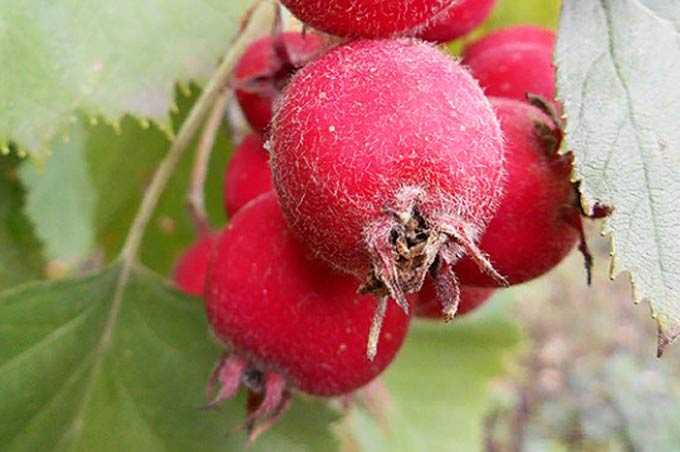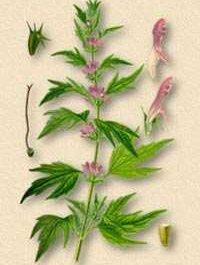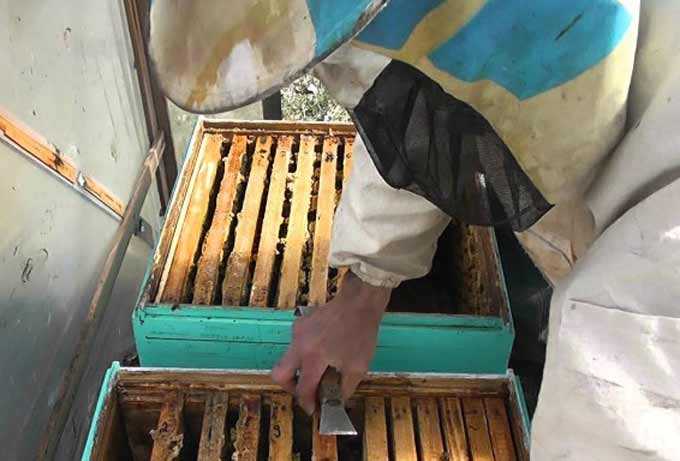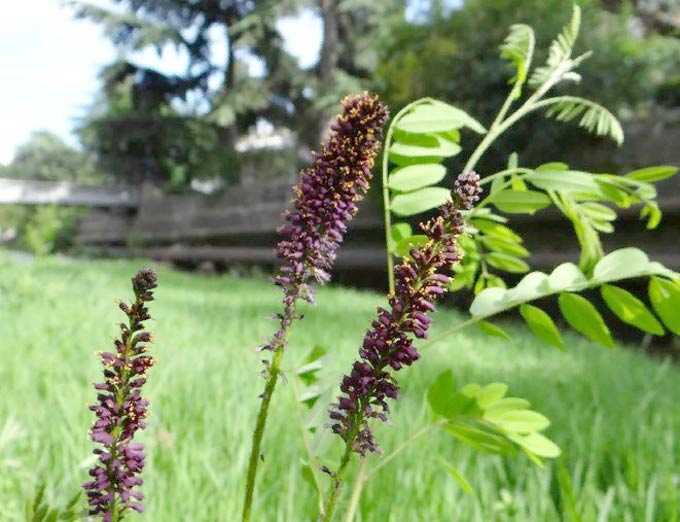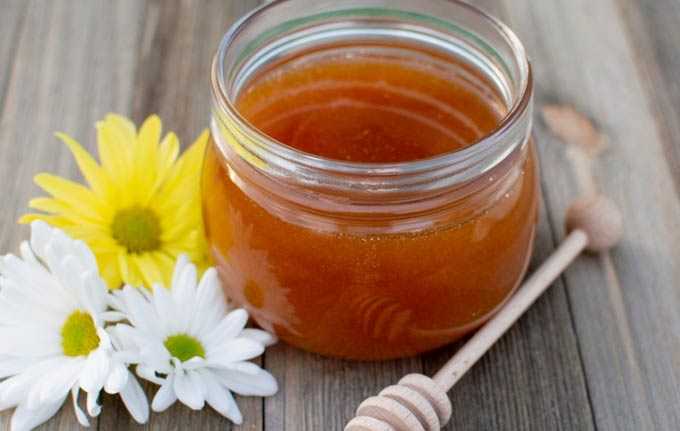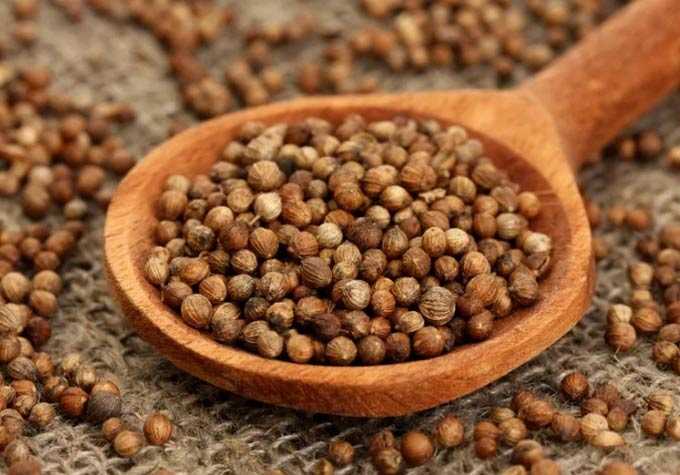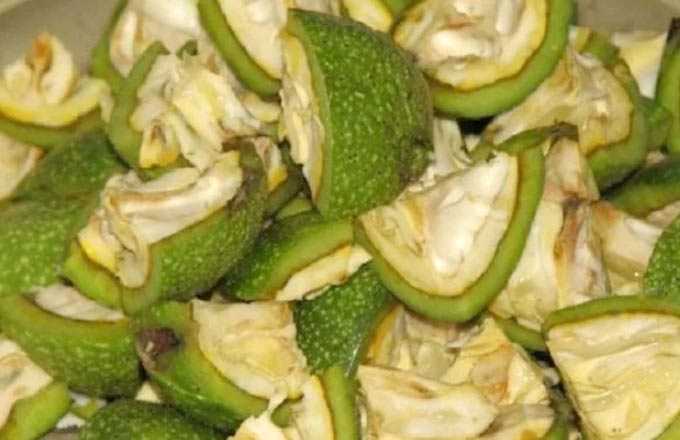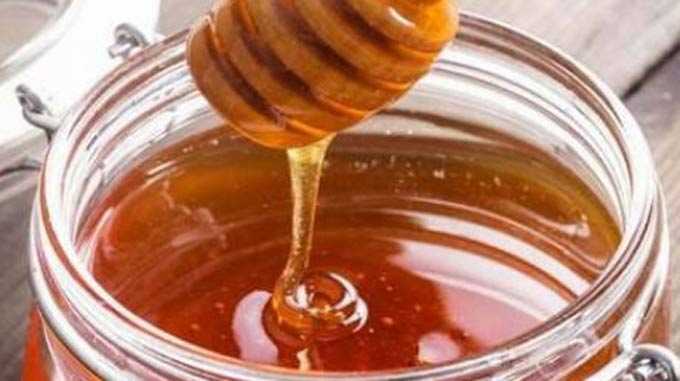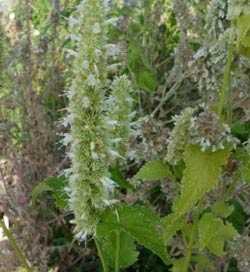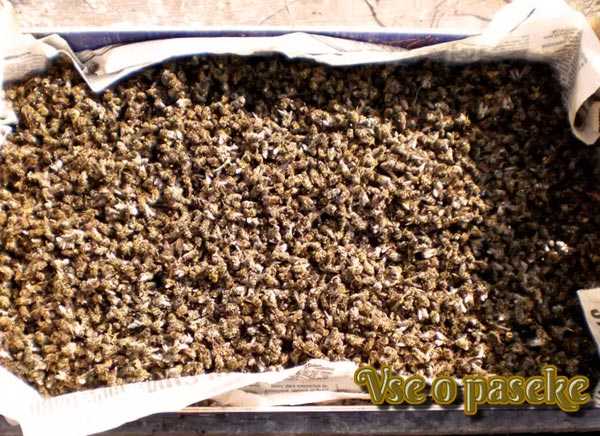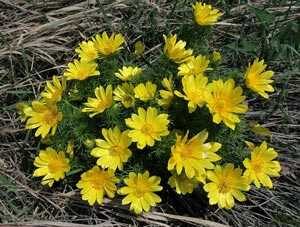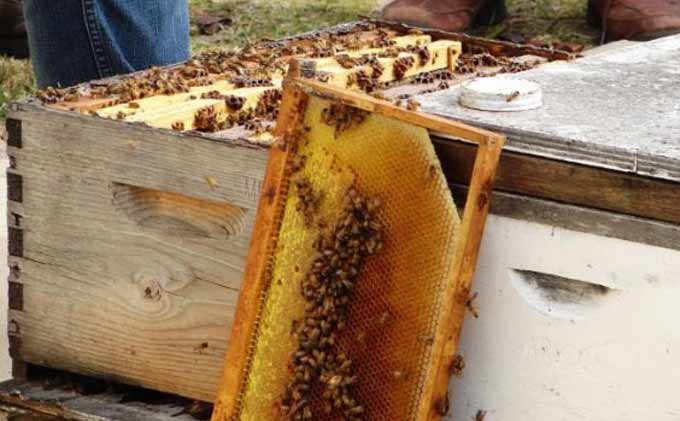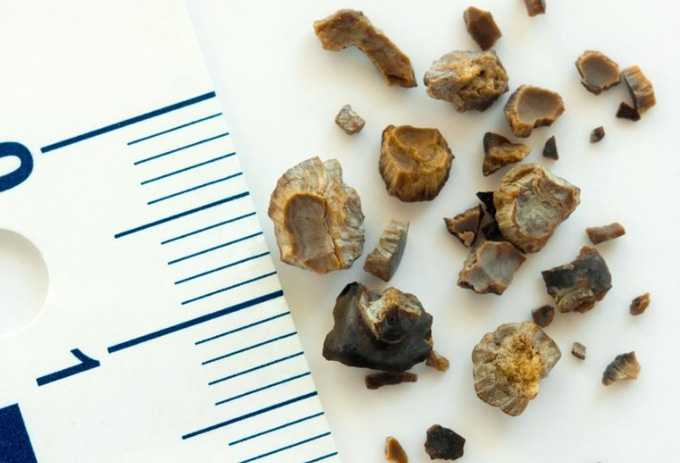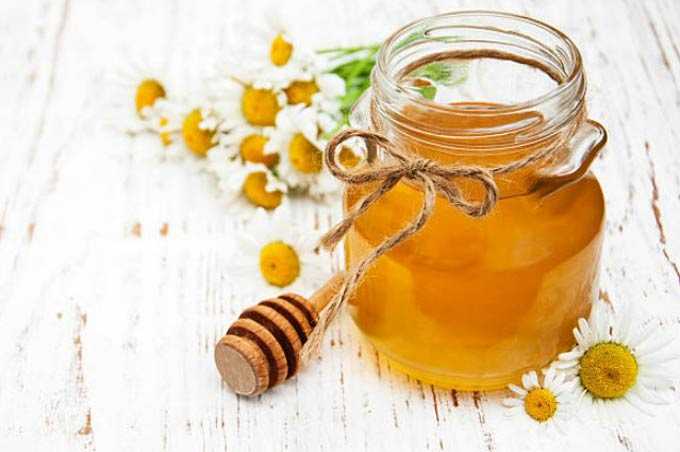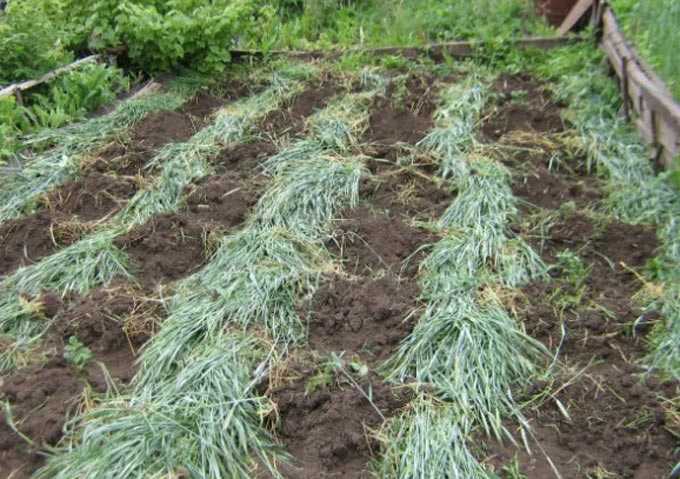Mountain ash honey plant is a low tree from the pink family, widespread everywhere. Can be planted as a green hedge around apiaries. Differs in low honey productivity, but this type of honey has a pleasant taste and important medicinal properties.
The content of the article
- 1 Significance for agriculture
- 1.1 Ordinary
- 1.2 Aronia
- 2 Agrotechnics
- 3 Honey productivity
- 4 Useful Properties
Significance for agriculture
There are about 100 varieties of mountain ash in the world. About 30 varieties grow on the territory of the former CIS countries, including Russia.
The fruits of mountain ash trees do not differ in high taste, but they are eaten. The plant in agriculture is used most often as an ornamental and windproof planting. And its durable wood is used for the manufacture of various joinery.
In cooking, rowan fruits are used to make marmalade, jelly, preserves, marshmallows, jelly. And in folk medicine, medicinal decoctions, infusions and tinctures are prepared from them.
For apiaries, two varieties are of value:
- ordinary;
- chokeberry or chokeberry.
Ordinary
Common mountain ash honey plant, distinguished by a beautiful appearance. More often it is a tree up to 6 meters high, less often – a tall shrub. You can meet this decorative variety in park areas, squares, gardens.
The tree is resistant to frost, loves sunny places – clearings, edges. Avoids moist soils with high water occurrence.
It features a smooth bark and a beautifully formed crown. Leaves are oblong, collected in 4-7 pairs on long cuttings. Below they have a gray-green color, above – matte green.
White, rather large, flowers are grouped in dense thyroid panicles. Blossom from May to June. Allocate a significant amount of nectar and pollen for bee colonies.
After flowering, juicy orange or yellowish fruits are formed. The culture is suitable for hedges that are set up in home gardens or around apiaries.
Aronia
Chokeberry also belongs to ornamental plants. In appearance, it is a well-developed bush, reaching a height of 1,2 to 2,5 meters. Prefers to grow on loamy soils. The shrub is often grown in parks, squares and forest belts.
This mountain ash resembles currant bushes. The branches of the honey plant are covered with leaves, similar in structure to cherry, but shorter.
The flowers are white, collected in corymbose inflorescences. The honey plant blooms in May, June. The fruit has a characteristic almost black color.
The value of a shrub for apiaries lies in its early maturity. Already in the second year after reproduction, subject to planting by cuttings, the plant will begin to bloom profusely.
Agrotechnics
Mountain ash can be propagated in three ways:
- using layering and root suckers;
- planting seeds;
- using cuttings.
Planting by seeds is the most labor-intensive method that requires a lot of time and effort from the owners. Its main drawback is the appearance of the first inflorescences only in the fourth year after planting.
The easiest way is to work with cuttings and basal processes. The first flowers will appear on young plants from the second year, which will provide the bees with a supporting flow.
It is important to choose a suitable site! With a lack of moisture, bushes and trees bloom poorly, and the fruits are very small. Shady areas and high density of plantings also do not allow the honey plant to bloom well. But well-lit and moderately moist areas allows this culture to bloom profusely and on time.
Seedlings are planted in a nesting way in pits with a depth of 0,4 meters. The removed soil is mixed with fertilizers and the planting material is carefully sprinkled.
It should be noted that chokeberry is not afraid of pests, is a little sick, and tolerates pruning well when forming a bush.
Honey productivity
The productivity of a plant depends on the density of the planting, as well as weather conditions. Frosts, cold weather, and an abundance of precipitation prevent bees from collecting pollen and nectar.
Rowan as a melliferous plant gives from 30 to 40 kilograms of honey per hectare of plantations.
Honey has a strong aroma and good taste. Its color is with a reddish tint.
Useful Properties
In folk medicine, mountain ash honey is recommended:
- for the treatment of hemorrhoids (taken orally along with boiled rowan berries);
- with diseases of the kidneys and liver (it has good diuretic and choleretic properties);
- to combat bleeding gums;
- with migraines and headaches;
- for colds, as a diaphoretic;
- externally for wound healing.
In the European regions of Russia, this honey plant is found in the wild – forests, groves, where it spreads and grows well without any care.
